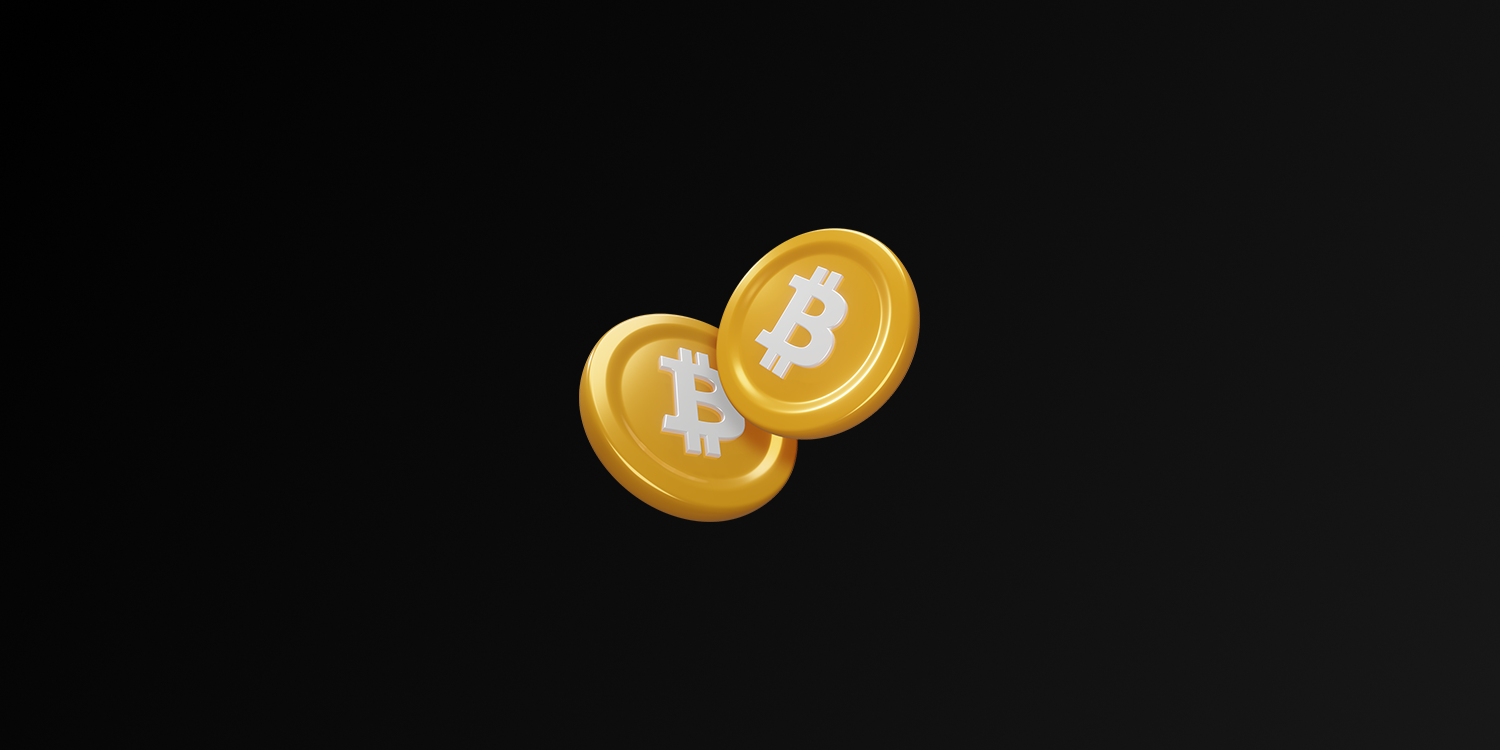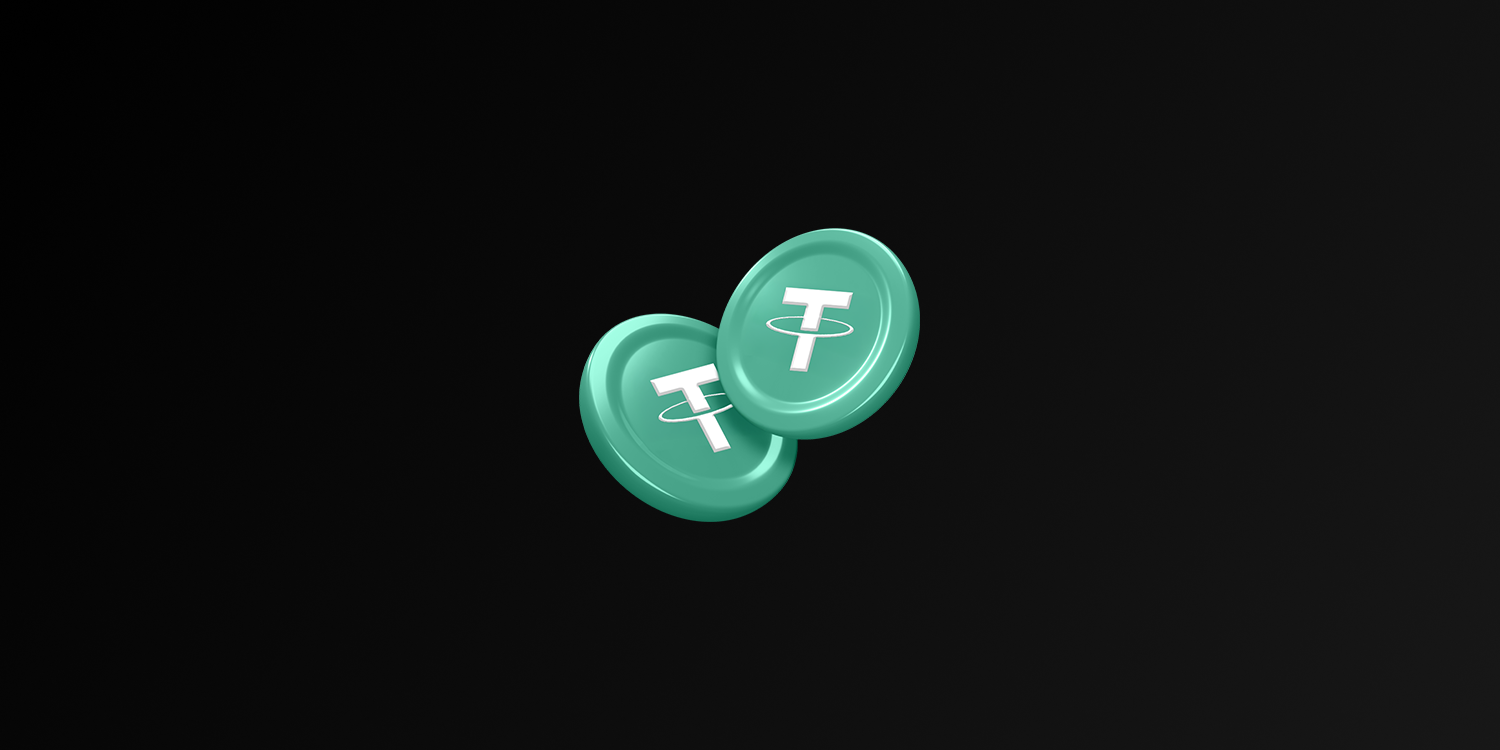Introduction
| Attribute | Details |
| Founder | Vitalik Buterin |
| Year Established | 2015 |
| Category | Web3 |
| Description | Ethereum is a blockchain platform designed for creating smart contracts and decentralized applications (Dapps). It was launched by Vitalik Buterin and operates on the Ethereum Virtual Machine (EVM). |
Ethereum was developed by Vitalik Buterin and his team in 2015 and has since grown rapidly to become one of the largest Layer-1 networks. More than just a cryptocurrency, Ethereum is a platform that enables the development of decentralized applications (dApps) and smart contracts. The platform’s digital currency is called Ether (ETH).
Ethereum 2.0: Serenity
Ethereum 2.0, or Serenity, refers to a long-awaited update to the Ethereum blockchain network. This update involves a transition from Proof of Work (PoW) to Proof of Stake (PoS). The existing Ethereum protocol, which had been in use for five years, was replaced by a more efficient system with this transition. The main goal of Ethereum 2.0 is to increase transaction speed and expand network capacity.
Differences between Ethereum 1.0 and Ethereum 2.0
Sure, here are the main differences between Ethereum 1.0 and Ethereum 2.0, summarized briefly:
Consensus Mechanism
- Ethereum 1.0: uses Proof of Work (PoW).
- Ethereum 2.0: Proof of Stake (PoS) mechanism
Processing Capacity
- Ethereum 1.0: It can process about 30 transactions per second.
- Ethereum 2.0: Offers a capacity of up to 100,000 transactions per second.
Energy Consumption: - Ethereum 1.0: Energy consumption is high because mining is computationally intensive.
- Ethereum 2.0: Significantly reduces energy consumption thanks to PoS.
Security and Decentralization: - Ethereum 1.0: more susceptible to 51% attacks.
- Ethereum 2.0: more decentralized and secure thanks to PoS and validators.
Gas Fees
- Ethereum 1.0: Gas fees are more volatile, and transaction costs are high.
- Ethereum 2.0: aims to make gas fees more predictable and affordable.
Sharding
- Ethereum 1.0: Does not support sharding.
- Ethereum 2.0: Increases scalability by fragmenting the network with sharding.
How Does Ethereum Work?
Ethereum is a decentralized blockchain platform. It runs on smart contracts and decentralized applications (dApps). Smart contracts are snippets of code that automatically execute when certain conditions are met. The Ethereum blockchain provides a distributed ledger where these contracts and transactions are securely recorded. Ether (ETH) is the native cryptocurrency used to settle transactions and secure the network. With Ethereum 2.0, transaction capacity has been increased and energy consumption reduced through innovations such as the Proof of Stake (PoS) mechanism and sharding.
Ethereum Technological Structure
Ethereum’s technological structure consists of a number of innovative components that enable decentralized applications (dApps) and smart contracts to operate securely and efficiently. Here are the basic technological building blocks of Ethereum:
- Blockchain
Ethereum’s infrastructure runs on a decentralized and decentralized blockchain. This blockchain acts as a digital ledger that records all transactions and smart contracts. Every participant (node) in the network has a copy of this ledger, making data manipulation impossible.
- Smart Contracts
Ethereum is the most popular platform for running smart contracts. These contracts are snippets of code programmed on the blockchain that automatically execute when certain conditions are met. Smart contracts are used in industries such as finance, law, gaming and many more.
- Ether (ETH)
Ether (ETH), Ethereum’s native cryptocurrency, is used to settle transactions and smart contracts on the network. Ether also functions as an asset staked by validators that provide security to the Ethereum network.
- Ethereum Virtual Machine (EVM)
The Ethereum Virtual Machine (EVM) is the environment where smart contracts are executed on the Ethereum network. The EVM allows developers to write code and run it securely on the blockchain. The EVM runs on all nodes of Ethereum and ensures the consistency of transactions.
- Proof of Stake (PoS) Mechanism
With Ethereum 2.0, the PoW (proof of work) mechanism was replaced by PoS (proof of stake). PoS allows validators to secure the network by staking Ether instead of mining. This mechanism provides a more decentralized and secure system while reducing the energy consumption of the network.
- Sharding
Introduced with Ethereum 2.0, sharding is a scalability solution that divides transactions and data storage into different shard chains. Sharding increases the transaction capacity of the Ethereum network, allowing for more transactions per second.
- Layer-2 Solutions
Layer-2 solutions (e.g. Optimism and Arbitrum) are also an important technological component on the Ethereum network to increase transaction speed and reduce gas fees. These solutions enable faster transactions without burdening the main Ethereum chain.
- Gas Fees
To process transactions on Ethereum, fees called gas are paid. Gas fees are the amount paid to validators for processing transactions. Gas fees vary according to the density of the network and have been made more predictable and cost-effective with the transition to the PoS mechanism.
This technological structure of Ethereum enables the platform to offer a secure, scalable and decentralized ecosystem. Thanks to smart contracts and dApps, Ethereum is one of the most advanced examples of blockchain technology.
Where is Ethereum Used?
Ethereum has a wide range of uses as a decentralized platform. Here are the most prominent uses of Ethereum:
Decentralized Applications (dApps)
Ethereum allows developers to create decentralized applications (dApps). These applications operate in many areas, from financial services to games, social networks to data management, and operate without the need for a central authority.
Smart Contracts
Ethereum is the most common platform on which smart contracts can be implemented. Smart contracts enable secure and transparent transactions between two parties without the need for any intermediary. They are used in many areas such as insurance, property transfer and legal agreements.
DeFi (Decentralized Finance)
Ethereum is the most important blockchain underpinning the DeFi ecosystem. DeFi applications offer banking and financial services without intermediaries. Users can borrow, lend, exchange tokens, and perform many other financial transactions on Ethereum.
NFTs (Non-Fungible Tokens)
Ethereum enables the creation and trading of NFTs (Non-Fungible Tokens), which represent unique digital assets such as digital artwork, collectibles and in-game assets. Ethereum is the most widely used blockchain platform in this space.
DAOs (Decentralized Autonomous Organizations)
Ethereum enables the creation of DAOs, which are decentralized organizations governed by participants through smart contracts. These structures are governed by communities and decisions are made by votes of token holders.
Supply Chain Management
Ethereum provides a transparent and secure way of tracking assets in the supply chain. In this way, the processes from the production of products to the customer can be tracked on the blockchain.
Gaming and Entertainment Industry
Ethereum-based games allow users to own and trade in-game assets. Thanks to blockchain technology, players can also use their digital assets on different platforms.
The wide range of uses Ethereum offers has made it more than just a cryptocurrency, but one of the cornerstones of the decentralized digital economy.
Conclusion
Ethereum stands out as a pivotal player in the blockchain ecosystem, providing a powerful platform for decentralized applications and smart contracts. The transition from Ethereum 1.0 to Ethereum 2.0 significantly enhances scalability, security, and energy efficiency through innovations like Proof of Stake and sharding. With its wide-ranging applications in finance, gaming, and supply chain management, Ethereum serves as a foundational element of the decentralized digital economy. Its ongoing evolution reshapes our interactions with technology and financial systems, establishing Ethereum as a key driver of innovation in the blockchain space.





